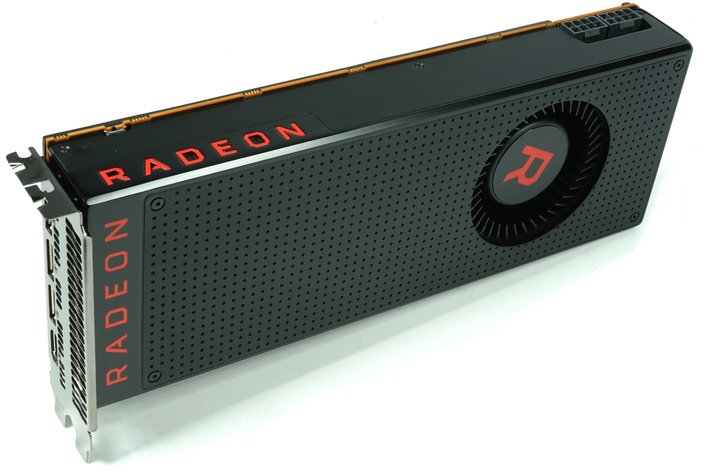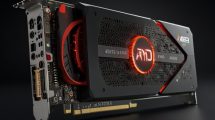The RX Vega56 can be convincing in some areas, but not in others. The biggest shortcomings are the launch, which was delayed by a year, the almost homeopathic availability of the Vega cards as a whole and the disproportionately high power consumption, which could perhaps have been tamed manually, if there was at least one stable would provide working software. The Wattman tool is, to put it mildly, a shell with various tree defects and does not even meet the hardware at the end.
Instead of the two BIOS variants with the 3 preset modes, some of which overlap pointlessly, one should have focused better on the sweet spot of the chip, which interestingly not one of the six (!) Modi hits the exact same. Which customer wants to test all modes, additionally play with sliders and in between have to screw up the PC in order to manually operate a tiny slide switch?
This is all absolutely superfluous and is planned past the real problem. If, on the other hand, buyers were given the possibility of a meaningful sub-voltage, because the voltages set for the generous binning are far too high or, as in Nvidia's Boost 3.0, this would be regulated immediately via Power Tune and self-diagnosis, the world would can shimmer even more reddish. But unfortunately at AMD you take the crowbar in your hand again and you wonder what actually happened to the software during this whole year.

The Binning Rasterizer still doesn't really want to write about future music like Primitive Shader. If AMD has closed the pit at some point and at least the foundation for RX Vega is rock solid, we will surely know more. But everything is still hidden in the deepest Californian fog and we only have any conjectures and temporary findings, including a ripening chamber for the banana software.
Conclusion
As a custom model with significantly improved cooling and volume characteristics, the card itself could well play a strong role on the market, if one excludes the high power consumption and the poor optimization possibilities in this regard. The prices are currently, of course, as always a pure discussion firing system, because the tug of rupture of the RRP and the street price of the RX Vega64 is still hard in our stomachs. We would be happy if we could end up with the 400-euro mark, which is still quite a lot.
Why the board partner cards might come later than feared, we have already tried to explore in the article "Confusion about three different packages at the Radeon RX Vega of AMD". However, nothing has really been announced and confirmed on schedule. The prices are also a golden speculatius with a diamond question mark in the middle.
- 1 - Einführung und Übersicht
- 2 - Kühler und Package
- 3 - Platinendesign und Detailinformationen
- 4 - Mining, VR: Arizona Sunshine und Chronos
- 5 - VR: Dirt Rally, Robo Recall und Serious Sam
- 6 - Ashes of the Singularity: Escalation
- 7 - Battlefield 1
- 8 - Warhammer 40.000: Dawn of War
- 9 - Doom (2016)
- 10 - Tom Clancy's Ghost Recon Wildlands
- 11 - Hitman (2016)
- 12 - Metro Last Light (Redux)
- 13 - Tom Clancy's The Division
- 14 - The Witcher 3 Wild Hunt
- 15 - Leistungsaufnahme mit acht verschiedenen Settings
- 16 - Übertaktung, Untertaktung, Effizienz und Temperaturen
- 17 - Lüfterdrehzahlen und Lautstärke
- 18 - Zusammenfassung und Fazit






























Kommentieren